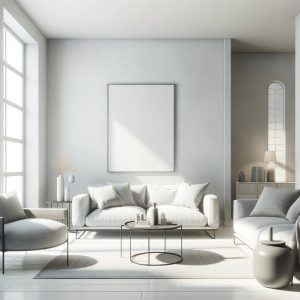Minimalist interior design is all about simplicity, functionality, and the elimination of excess. This design philosophy emphasizes clean lines, uncluttered spaces, and a monochromatic palette to create environments that are both serene and functional. By focusing on the essentials and removing unnecessary elements, minimalist design promotes a sense of calm and order









